GeoResonance Remote Sensing Surveys are based on the proprietary processing of satellite multispectral images of a given study area. Vast territories can be comprehensively surveyed within weeks.
Our Remote Sensing Surveys reliably identify hydrocarbon deposits and aquifers to depths of 5,500 metres (18,000 feet), and mineral deposits to depths of 1,500 metres (5,000 feets).
GeoResonance On-Site Surveys accurately measure the occurrence depths of targeted substances, estimate in-ground resources, and establish locations for drilling exploratory wells, among other valuable insights.
Our measurements do not require interpretation. If the targeted substance is present, we detect its Spectral Signature above the surface.
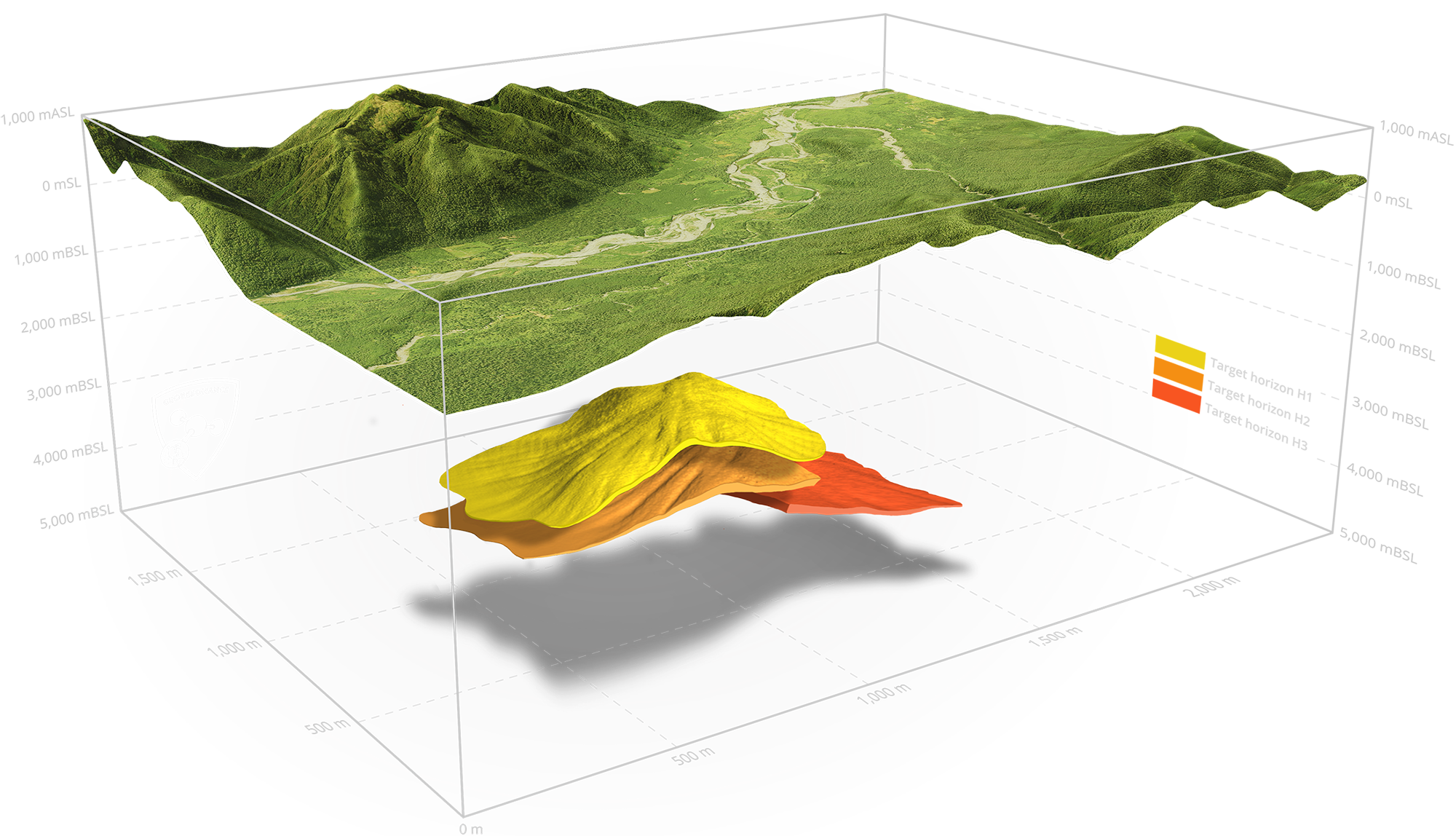
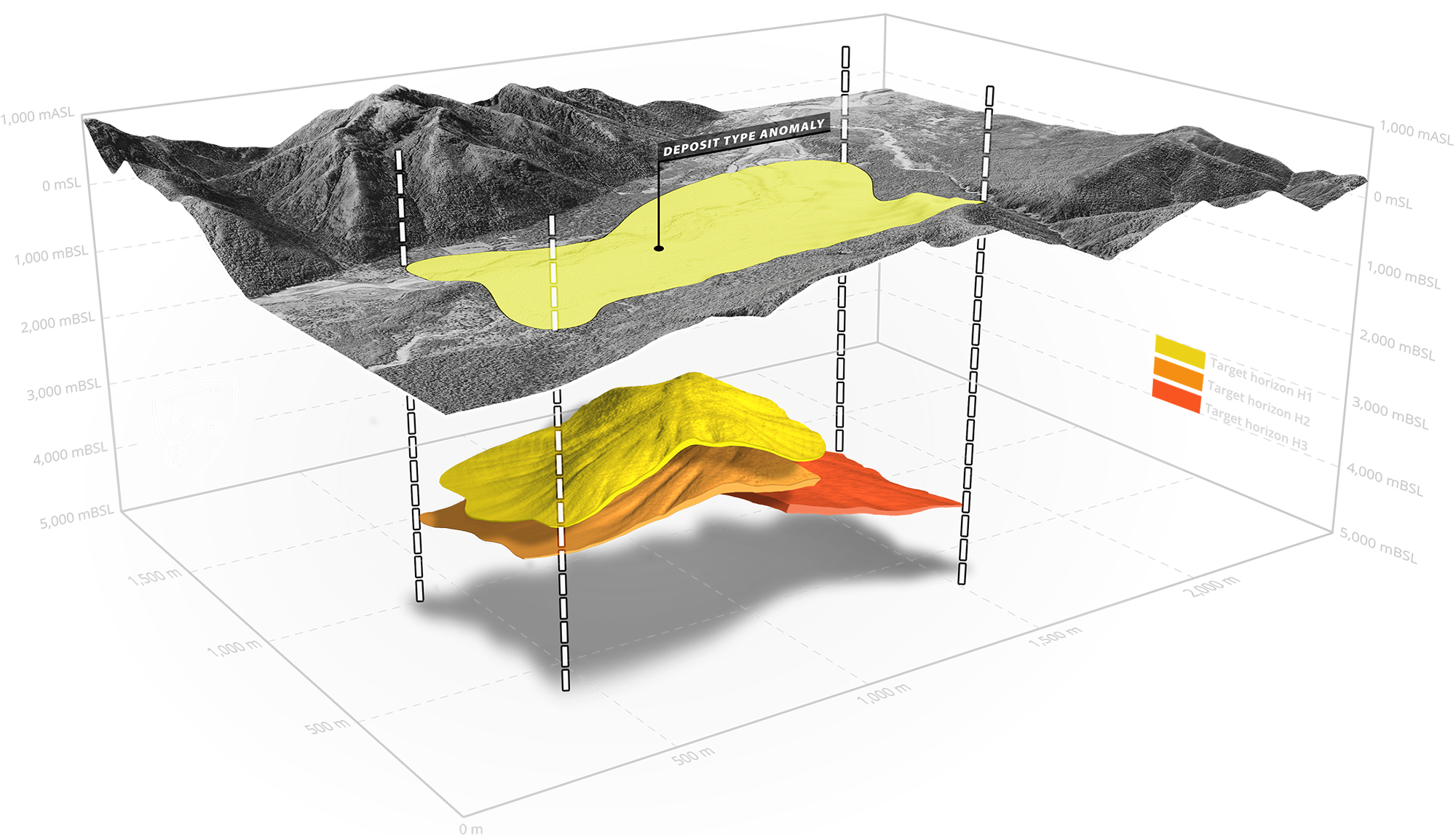
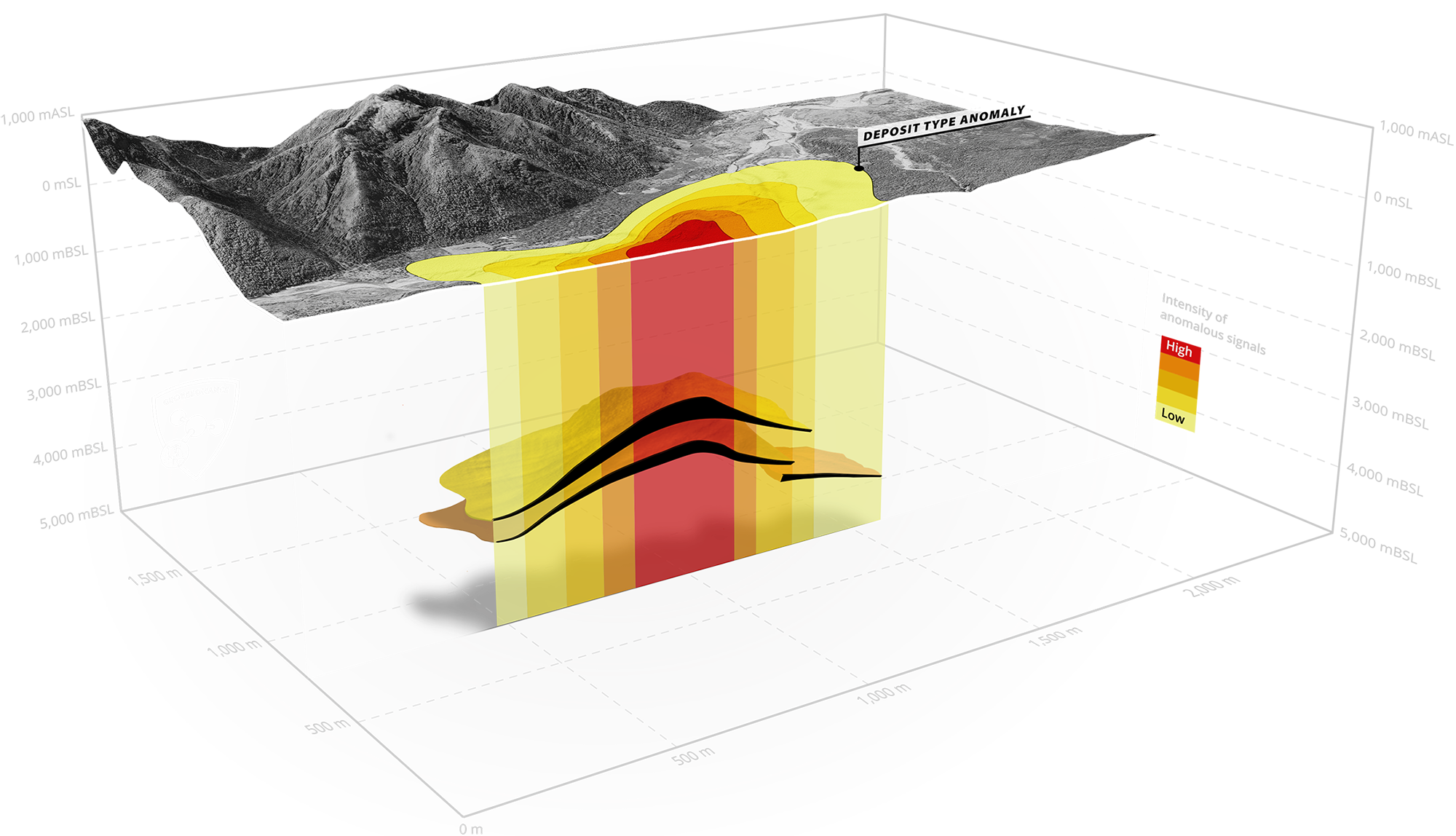
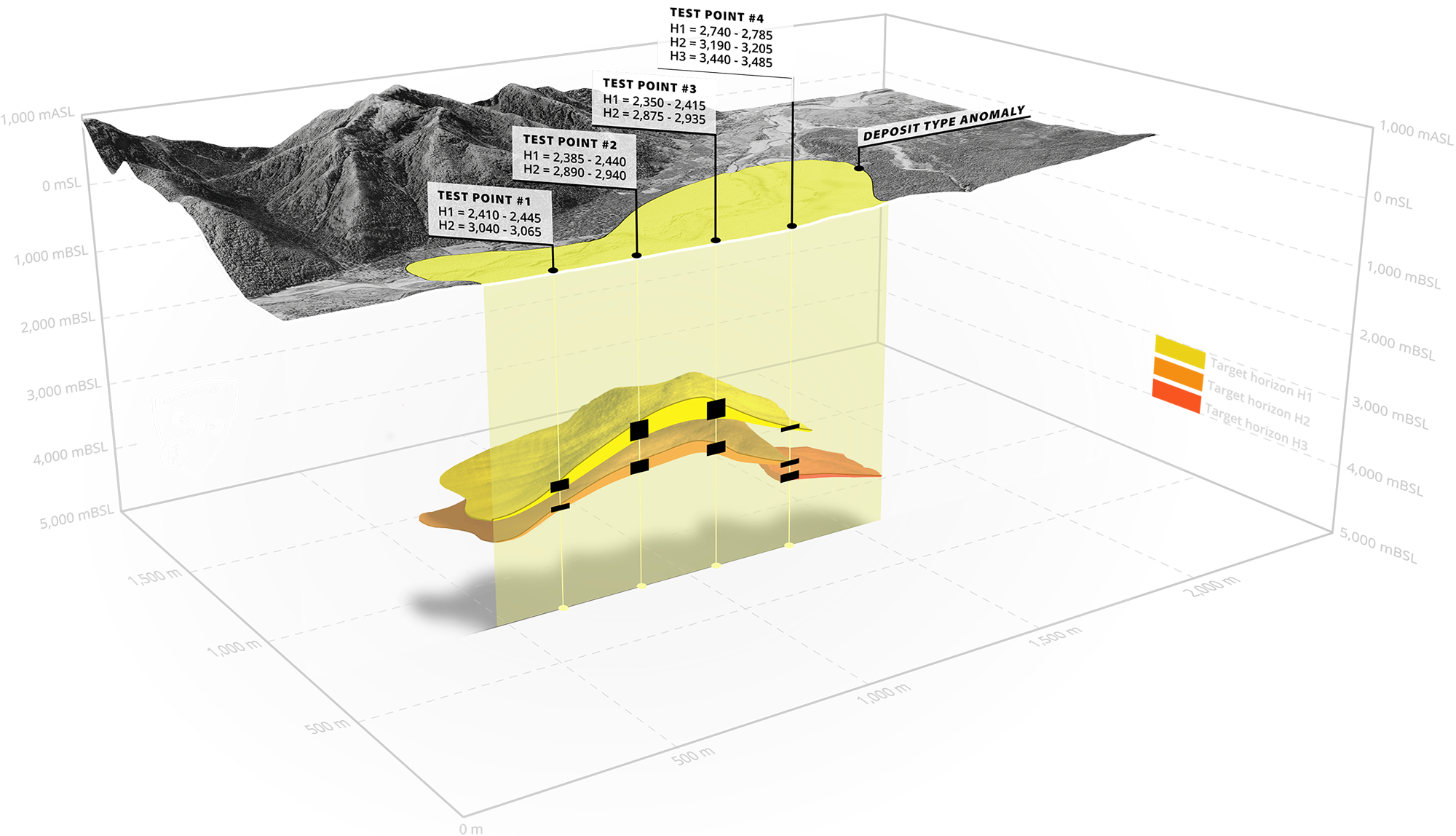
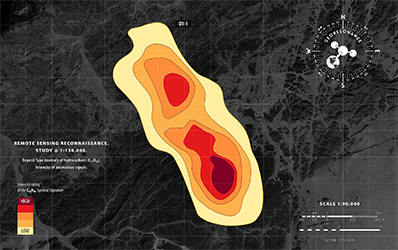
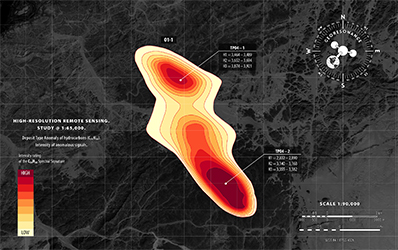
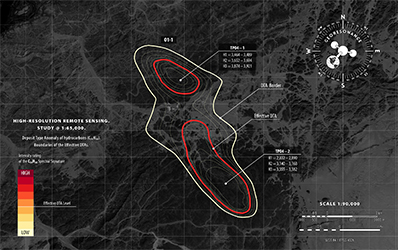
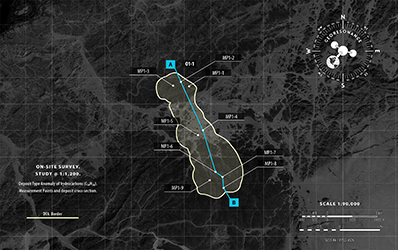

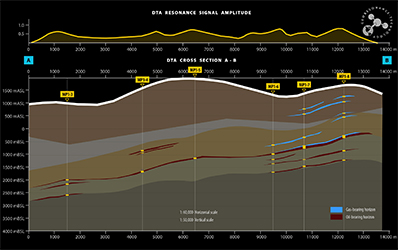
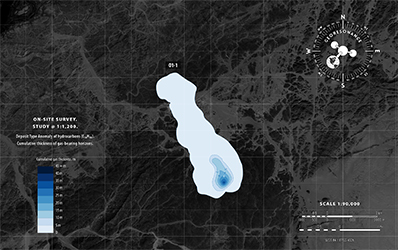
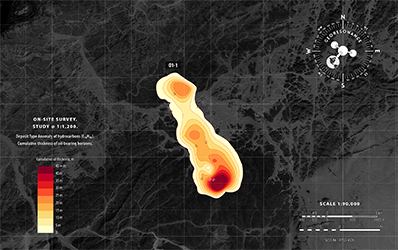
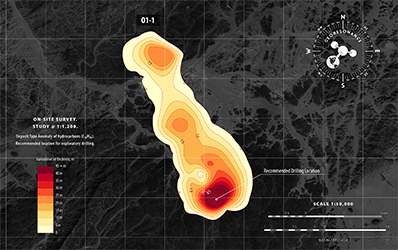
Threats
Water scarcity. Water is one of the greatest constraints to new supply of mined products across the industry. Quality and availability of water are drivers for those water-related social conflicts with mining companies.
Water pollution. Groundwater aquifer contamination through drilling and fluid disposal. Surface water contamination by mine water. Surface water contamination by chemical agents used in processing ores.
What we do
Remote Sensing Reconnaissance to map groundwater resources in vast territories.
Determine the chemical composition of groundwater to identify fresh water aquifers.
Conduct a groundwater survey within drilling locations, to ensure that drilling and production do not contaminate the water-bearing strata.
Detect pollution plumes in groundwater systems.
Determine the direction of flow of groundwater.
Learn More About Our ServicesThreats
Soil disturbance and distraction of vegetation by exploration activities such as cutting of traverses, trenching and drilling, mine construction and mine development
Noise hazard and vibration caused by seismic exploration, plants, machinery, blasting and drilling activities.
Soil and rock contamination by heavy metals.
Soil erosion, subsidence, landslides, quakes due to alterations in the equilibrium of the geological environment.
What we do
During GeoResonance surveys, we ensure zero impact on soil and vegetation, minimizing disturbance to the environment.
To minimize impacts on the lithosphere, we eliminate barren territories from exploration, remove sub-economic prospects, and localize exploration and mining activities to economically viable prospects.
We select optimal locations for exploratory wells to minimize disturbance caused by drilling.
Prior to mine construction, we can identify heavy metals in the subsurface to minimize environmental contamination.
Our services include mapping superficial unconsolidated deposits that are responsible for gully erosion and determining the causes of landslides and other hazardous movements of superficial materials.
We specialize in detecting underground cavities and monitoring the integrity of foundations for major engineering structures.
Learn More About Our ServicesThreats
Unsustainable exploitation of non-renewable resources, compromising the ability of future generations to meet their own needs.
Unbalanced mining due to the lack of knowledge about the present mineral and hydrocarbon assets.
What we do
We specialise in mapping strategic mineral and hydrocarbon deposits in vast territories to help clients identify potential resources and plan exploration and exploitation activities.
Our Mineral Assets Valuation and Evaluation Program enables nations to plan the balanced and sustainable exploitation of natural resources by providing a comprehensive assessment of mineral assets and their economic value.
Learn More About Our ServicesThreats
High costs of exploration and mining due to ambiguous exploration methods.
High costs due to the enormity of unexplored and underexplored territories.
What we do
GeoResonance drastically cuts exploration costs by:
reducing the scope of expensive traditional geophysical surveys;
reducing exploration timelines;
eliminating ambiguities;
focusing exploration on most economically viable natural deposits;
halting or redirecting further effort on a project that is either technically infeasible or economically unviable in its proposed configuration.
Learn More About Our Services